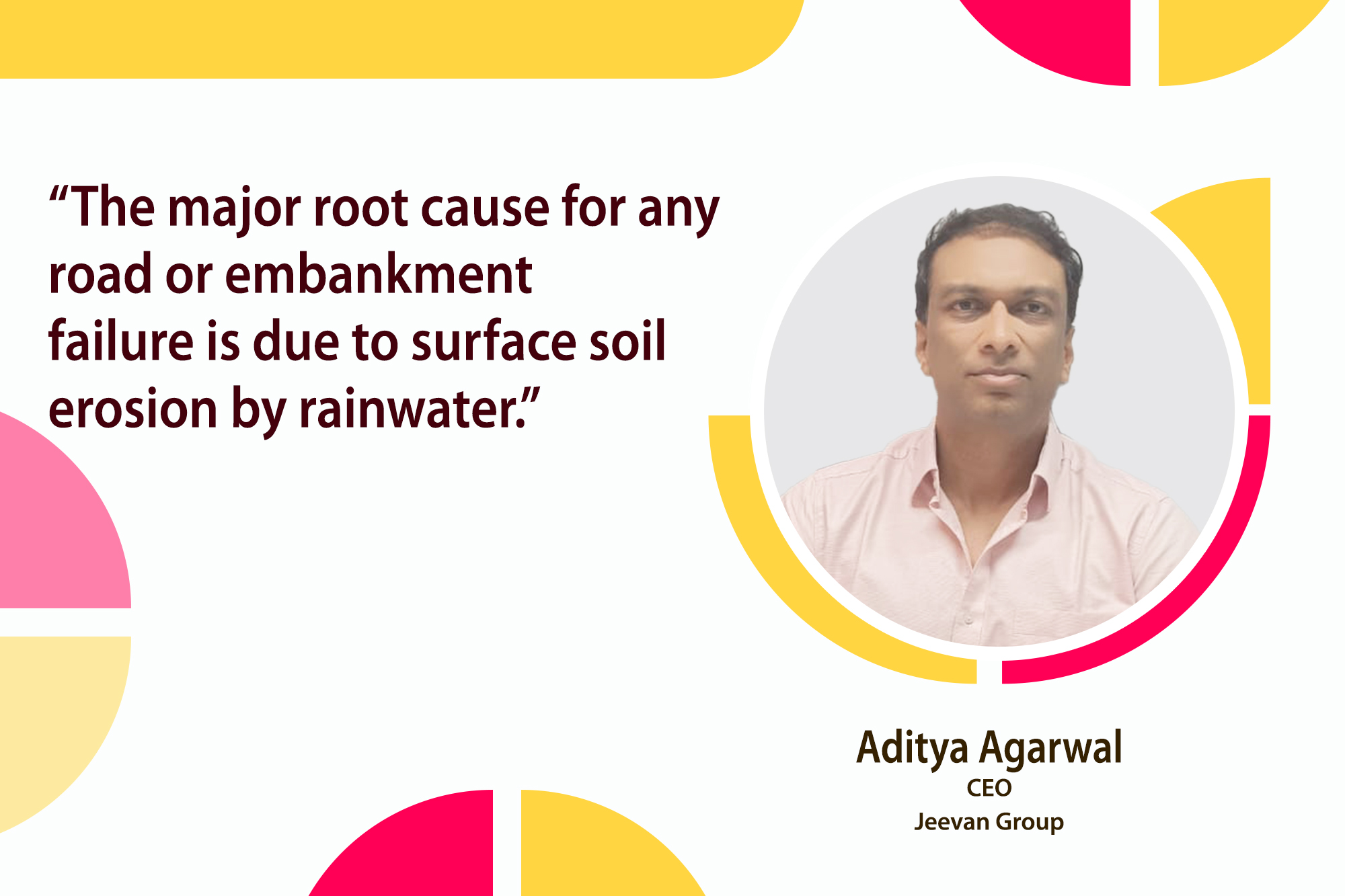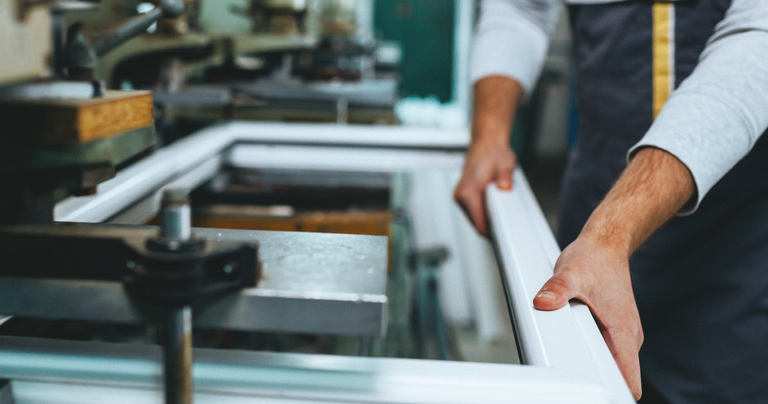Welding market in tandem with industrial growth
By Edit Team | November 19, 2018 10:02 am SHARE

Advanced facilities, rich experience and well-organised management help build network of satisfied customers.
The Indian welding manufacturing market is on the path of growth that is almost in line with the country’s industrial growth. Sectors like power, infrastructure, railways and automobile have slowed spurring growth in industrial and capital goods sector. The overall welding market has grown approximately 4.1 per cent in 2017-2018.
Ready for Industry 4.0
“The Indian Industry is gearing to the implementation of Industry 4.0.Accordingly,the future ofwelding will be more of automation and digitalisation. The major welding manufacturers are already working towards the use of Artificial Intelligence (AI) in the welding controls. At present,Indian welding market is in pace with the Industrial growth. Steel production in the current fiscal year is expected to touch 90 Mln MT tonne, which will swell manufacturing activity,” says R. Srinivasan, President, Indian Institute of Welding.
He adds, “New projects in the pipeline will spur growth and demand. This will induce more manufacturing activities in line with the plan. Generally,welding accounts close to 2.5-3 per cent of steel used as weld metal required to be deposited as weld metal.”
Today, large private sector industries are catering to the needs of sectors like defence, railways, infrastructure creating opportunity to develop the required infrastructure as also making room for the Ministry of Micro, Small and Medium Enterprises (MSME) to upgrade technology.
Standing strong
The manufacturing sector is growing and is likely to touch $1 trillion by 2025. There is potential for the sector to account for 25-30 per cent of the country’s GDP. Business conditions in the sector continue to remain positive.The welding industry in India is worth Rs 4,000 crore andthe consumables market is expected to grow at a CAGR 10-11 per cent over next five years from Rs 2,800 crore to Rs 4,250 crore.
“Welding equipment industry is expected to grow at a CAGR of 6-7 per cent over the next five years from Rs 1,150 to Rs 1,507 crore. Increased FDI equity inflow in India has contributed to the rise in projects in automotive, offshore activities, oil and gas sector, shipbuilding and heavy machinery industries. Many foreign automobile companies have set up their manufacturing units in India. This has positively affected the rise of consumables and welding equipment,” says Sritharanandh.G, Solution Engineer, Kemppi India.
Industry: looking up
We foresee a surge in demand from end user segments catering to railways, heavy engineering, oil & gas and the automotive industry. We are seeing a huge increase in requirements of high strength consumables as the country accelerates its infrastructure projects, says Vijay Sonar, Head Strategic Sourcing, Ador Welding Limited.
Advanced facilities, rich experience, efficient management and excellent sales teams have helped the company to build a network of strong satisfied customers. Ador caters to various sectors like nuclear, wind, thermal, defence, railways, infrastructure, automotive, steel and many others.
The company have already planned to meet the required changes from their end users and have geared up their strategies to meet the requirements both in terms of products and increase in capacities through capex investments.
Making procurement cost effective
Advanced welding technology
One needs to look for the ways to reduce the overall welding cost. In that way one can obtain the welding procurement cost-effective. “First and foremost, is to invest on new advanced welding technology processes which will save lot of time, power, costly repair and rework processes andprovide improved weld quality, increased travel speed, high arc on time, because of that high productivity,” says Sritharanandh from Kemppi India.
Factors to consider while sourcing
“Our focus on making welding procurement cost-effective is on spend analysis, global sourcing for chemicals and raw material through free trade zones, alternate vendor development, value engineering (VE), vendor managed inventory, vendor localisation, contract manufacturing andlong term price contracts,” adds Vijay from AdorWelding.
Challenges faced by organised welding sector in India
Organised and unorganised sectors
The challenges that are being faced by the organised sector are of two ways. One is internal challenges from the unorganised sector and the second is from external and imports, states R. Srinivasan, President, Indian Institute of Welding.
The maximum welding products i.e the welding consumables used in the country is the SMAW electrode which accounts to close to 70 per cent of the welding consumable market. Again out of this sector nearly 80 per cent of the consumables are of mild steel, and carbon steel. This segment of the market has lot of small scale manufacturers mainly of SME and MSME and from unorganised sectors. Some of these players do have issues of limited product range; lower manufacturing costs due to lower inventory of raw materials, use of unorganised method of manufacturing technique give rise to an opportunity to operate on smaller margins. Generally, these types of industries cater to the local markets. These segments of industries do not have capacity to carry out the required R&D activities, to go to the next higher levels. The organised sector manufacturers feel that the mushrooming of this sector has affected their market share and wants a level playing field.
The imports play another important development in the domestic market. Today, most of the world renowned welding manufacturer has established their link directly or indirectly through their representatives or marketing offices. The industry that needs to compete with the global market has to upgrade their manufacturing skills to meet the global demands and this gives an opportunity to source the products that meet the needs of the Indian Industry. Today, the Indian industry if needs to stop the imports it has to upgrade their R&D activities and constantly upgrade their product features and also the upgrade the knowledge of their personnel. This is really lacking. The industries spend on this area needs to be at much higher range than the present level.
Srinivasan feels that the time has come for the organised sector players to develop the products that are world-class and try to concentrate more on the new technology. And export the products. Today, it is the responsibility of the organised sectors to take up the matter with the Government bodies and explain the needs of the industries.
Price: the most important decision-making factor
“The welding equipment market is very competitive, and price is the most important decision-making factor. It is very difficult for the organised players to compete in price with unorganised players. For most of the manufacturers welding is still a low key area and they don’t really go for sophisticated machineries,” according to Sritharanandh from Kemppi India.
In India, more than 55 per cent of the market is dominated by unorganised players. To overcome these challenges, one needs to concentrate on product differentiation, improvement in the product service, product training to end-user, spare parts availability and performance, on time delivery standards, among others.
Major challenges
“The challenges that we faced today are the same as those faced by the welding industry. Cheap imports especially of welding equipment mostly from China. Dearth of talent available for the welding industry. IOT in the industry (Industry 4.0) and the challenges it provides in terms of technological advances and their integration with welding applications. Uncertainty over mineral and steel prices and lack of status for welding Industry, says Vijay from Ador Welding.
At present, the welding market is in pace with the industrial growth of the industrial products.
R. Srinivasan, President,Indian Institute of Welding
Welding equipment industry is expected to grow at a CAGR of 6-7 per cent over the next five years from ₹1,150 to ₹
1,507 crore.
Sritharanandh.G, Solution Engineer, Kemppi India
We are seeing a huge increase in requirements of high strength consumables as the country accelerates its infrastructure projects.
Vijay Sonar, Head Strategic Sourcing, Ador Welding Limited
Cookie Consent
We use cookies to personalize your experience. By continuing to visit this website you agree to our Terms & Conditions, Privacy Policy and Cookie Policy.






































-20240213125207.png)

























